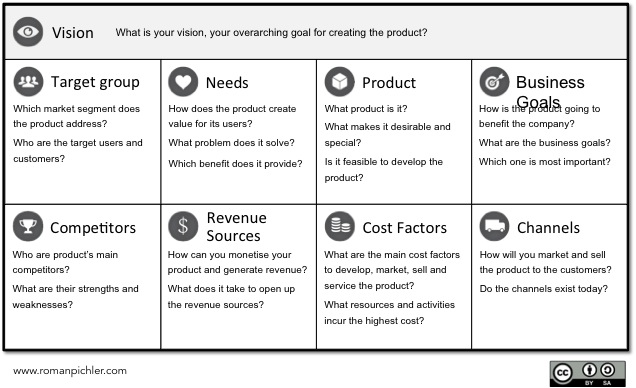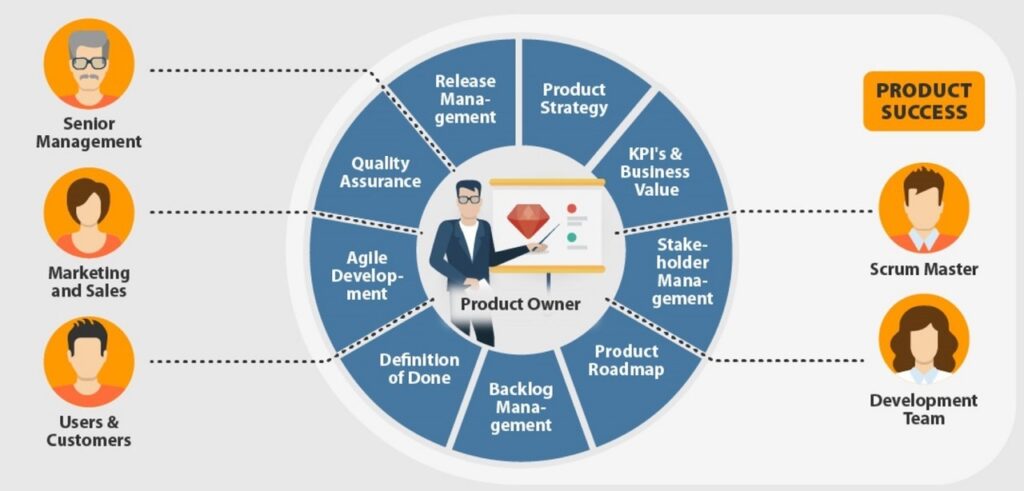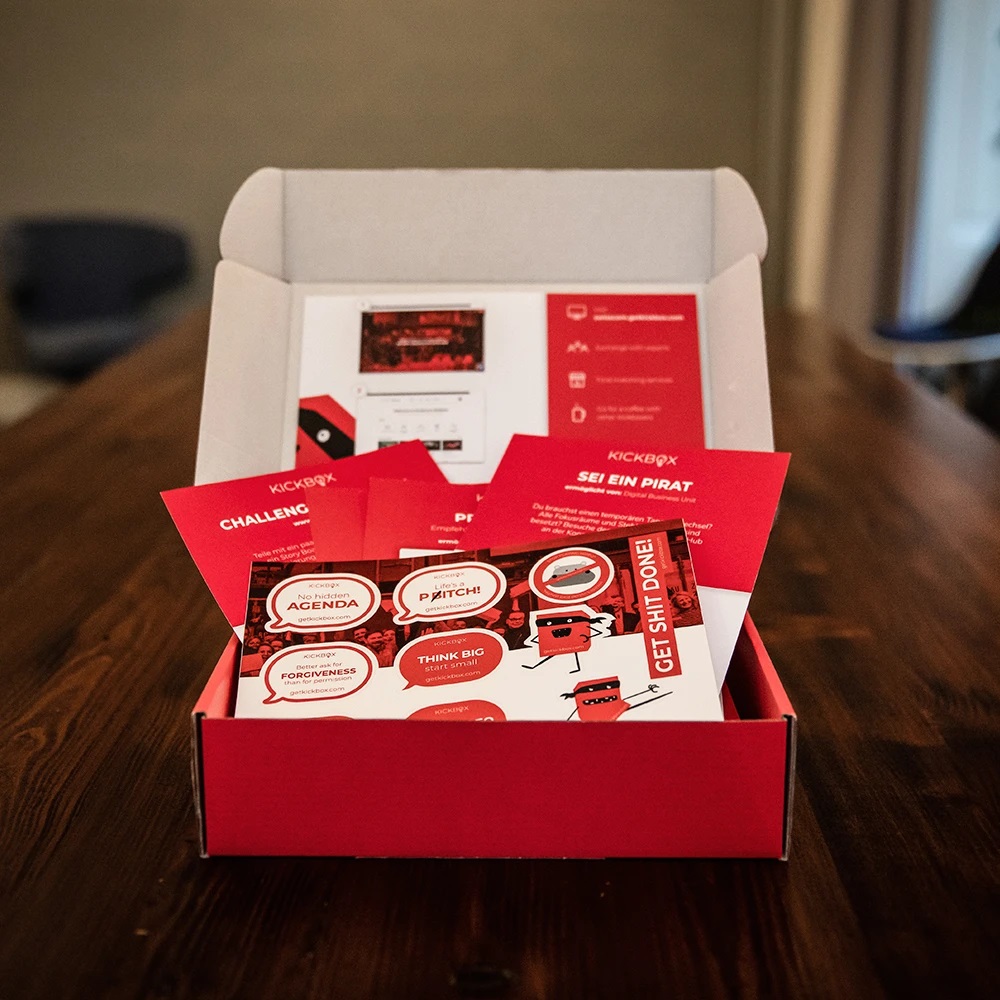The Product Owner (PO) is a member of the Agile Team responsible for defining Stories and prioritizing the Team Backlog to streamline the execution of program priorities while maintaining the conceptual and technical integrity of the Features or components for the team. © Scaled Agile, Inc.
A product owner is the central point of contact for a product. It is their job to know the customer inside and out and to work with the sales and marketing teams collectively to launch a product.
Product owner roles and responsibilities.
As described in the Scrum Guide, a Scrum Product Owner is accountable for maximizing the value of the product resulting from the work of the Scrum Team. How this is done may vary widely across organizations, Scrum Teams, and individuals.
When You Have No Product Owner.
Failure to correctly address the product owner’s role creates multiple of problems for your projects.
Participated in number of projects were
-Nobody knew what to do
-Not clear stakeholders
-Not clear vision and roadmap
-No idea how final product should looks like
-Silent failure… 😀
The potential problems include:
- not adequately integrating business representatives into the team.
- reinforcing the perceived divide between IT and the business.
- substituting proxies for business involvement.
Product Owner – the one who controls the chaos.
Product Owner = successful project development
1. Defining the vision. Vision Vision creates Transparency.
A product vision describes the future state of a product that a company or team desires to achieve. It should act as a “north star” for all product development.
A good vision is inspiring for people.

2. Creating product roadmap
A product roadmap is a shared source of truth that outlines the vision, direction, and progress of a product over time.

It also gives context to the vision by showing the tangible features that will be produced during the project. Identifying product requirements and then prioritizing and roughly estimating the effort for those requirements allow you to establish requirement themes and identify requirement gaps.
The product owner, with support from the development team, should revise the product roadmap at least biannually.
To create your product roadmap, you do the following:
- Identify stakeholders.
- Establish product requirements and add them to the roadmap.
- Arrange the product requirements based on values, risks, and dependencies.
- Estimate the development effort at a high level and prioritize the product’s requirements.
- Determine high-level time frames for releasing groups of functionality to the customer.
Because priorities can change, expect to update your product roadmap throughout the project. We like to update the product roadmap at least twice a year.
3. Completing the Product Backlog
The product roadmap contains high level features and some tentative release timelines. The requirements on your product roadmap are the first version of your product backlog.
The product backlog is the list of all requirements associated with the project. The product owner is responsible for creating and maintaining the product backlog by adding and prioritizing requirements.
The scrum team uses the prioritized product backlog throughout the project to plan its work — like a streamlined project plan.
4. Product owner review
When a user story has been developed and tested, the development team moves the stories to the Accept column on the task board.
The product owner then reviews the functionality and verifies that it meets the goals of the user story, per the user story’s acceptance criteria. The product owner verifies user stories throughout each day.


